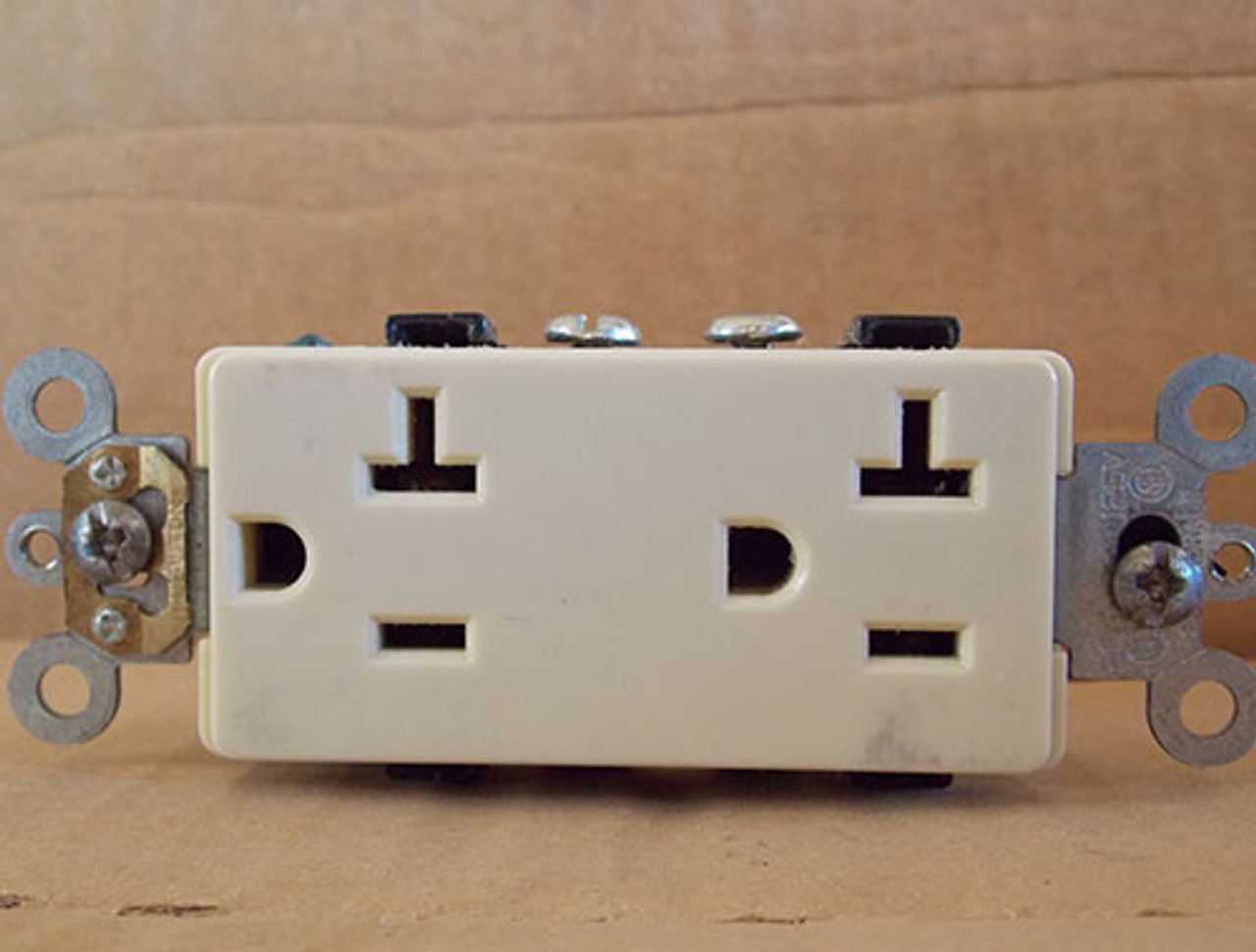The electron man
Senior Member
- Location
- Nyc
- Occupation
- Electrician
Hey I'm an electrician in NYC and was wondering except gfci where else is a grounding pigtail necessary
Thanks for your replyIt's required when using a metal box with a receptacle that is not self-grounding. A self-grounding GFCI receptacle does not require one.
Welcome to the forum.Hey I'm an electrician in NYC and was wondering except gfci where else is a grounding pigtail necessary
Right. In this regard, grounding the device has options, but grounding the box is always mandatory.It's required when using a metal box with a receptacle that is not self-grounding. A self-grounding GFCI receptacle does not require one.
First thanks for the warm welcomeWelcome to the forum.
If you're asking what I think you're asking, the answer is "everywhere", not just for GFCIs.
The rule effectively says that the EGC pathway can't be interrupted by disconnecting a device.
What do you mean by ?
(interrupted by disconnecting a device)
The intent of 250.148(B) is that the removal of the device does not interrupt the continunity of the EGC to any down stream devices. It is not intended to apply the way you have described it. The language in 300.13(B) for the grounded conductor is better.Theoretically by removing a self grounding switch or receptacle from the box that it's mounted to.
-Hal
Switches do not require a bonding jumper when attached to a recessed metal box by the two 6-32 screws.2 what about light switches
Imagine a receptacle with two grounding terminals. They used to have them, but kept the rule after they stopped making them.First thanks for the warm welcome
What do you mean by ?
(interrupted by disconnecting a device)
1 how would I know if its self-grounding

I don't like using a device for termination purposes, so I "Pig Tail" everything.
The intent of 250.148(B) is that the removal of the device does not interrupt the continunity of the EGC to any down stream devices. It is not intended to apply the way you have described it. The language in 300.13(B) for the grounded conductor is better.
It is my understand that the rule is very old and at one time some wiring devices had two grounding screws.That's why I said theoretically. I can't think of how you could interrupt the continuity of the EGC by removing a device.
.....
-Hal
What if its not recessed ?Switches do not require a bonding jumper when attached to a recessed metal box by the two 6-32 screws.
If you used something like an exposed cover on an exposed box then the cover screws would be both 8-32 and 6-32. That would still be code compliant to bond the switch.What if its not recessed ?

